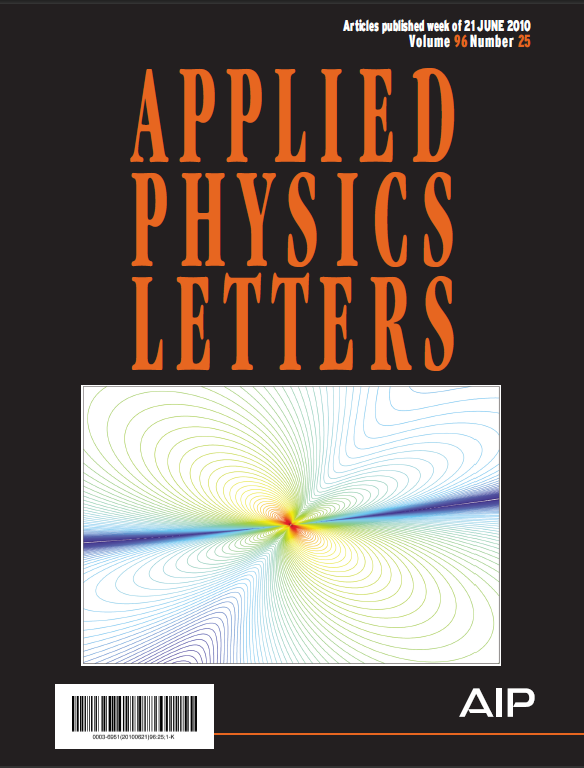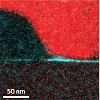X-RAY RUNS: Apply for Beamtime
2017 Nov 1 - Dec 21
2018 Feb 7 - Apr 3
2018 Proposal/BTR deadline: 12/1/17
2018 Apr 11 - Jun 4
2018 Proposal/BTR deadline: 2/1/18
__________________________________________
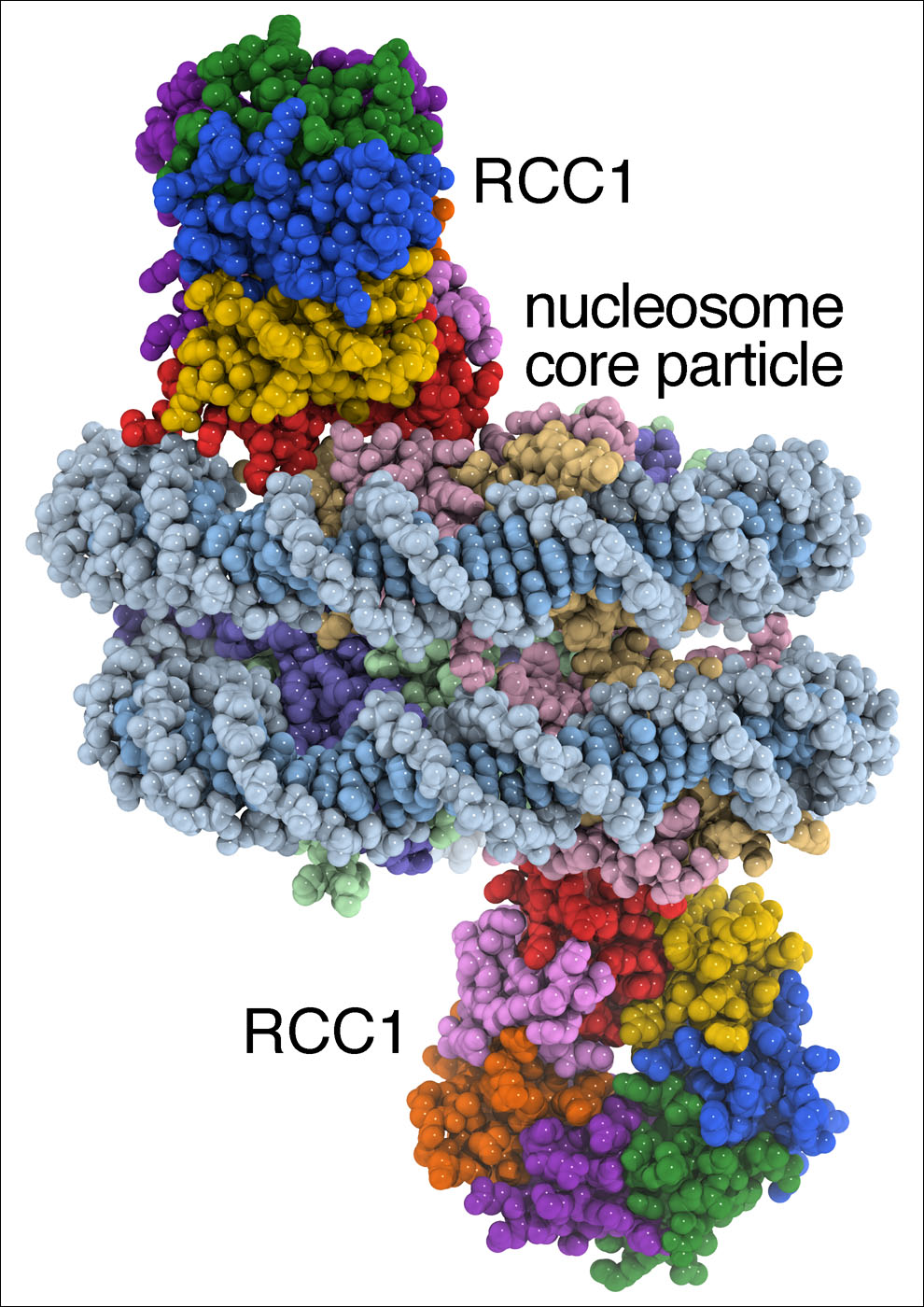
Chromatin Complex Structure Revealed
By Alex Mellnik - Physics Dept., Cornell University
The chromosomes in each cell in our body contain about 6 feet of DNA. To fit into a cell nucleus about one tenth the diameter of a human hair, this DNA is packaged into organized bundles called chromatin. In a study published in the journal Nature, Ravindra Makde and other researchers from Song Tan's group at Penn State University have used X-ray crystallography to visualize how a cell recognizes chromatin. The study provides the first three-dimensional atomic structure of a chromatin protein acting on the nucleosome, the repeating unit of chromatin.
The complete story:
http://news.chess.cornell.edu/articles/2010/RCC1.html
11-05-2010
__________________________________________
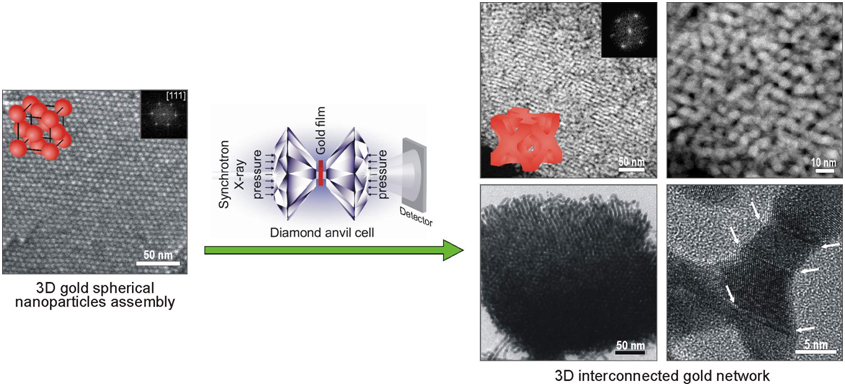
Putting the Pressure on Gold Nanoparticles
Gold is famous for its excellent electrical properties and resistance to corrosion, but has also recently attracted much attention for its potential as a catalyst. While platinum group materials have long been used as catalysts, it was not until the mid-1980s that a group of Japanese researchers discovered that gold is an excellent catalyst for converting carbon monoxide to carbon dioxide. Since then, many other uses for gold catalysts have been found including hydrogen gas production, polymer synthesis and air purification.
The complete story:
http://news.chess.cornell.edu/articles/2010/GoldNano.html
More information is available at the Fan group's web
site:
http://www.unm.edu/~hyfan
10-06-2010
__________________________________________
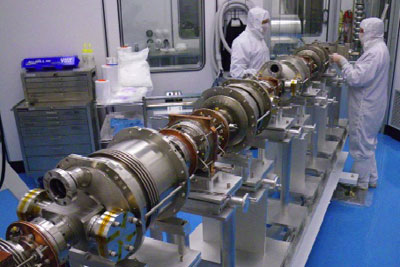
$109 million NSF award funds X-ray science, research and development for revolutionary new X-ray source
In a major boost for X-ray science and accelerator physics, the National Science Foundation (NSF) has committed about $109 million to Cornell's continued operation of an X-ray synchrotron facility, as well as to develop a new kind of X-ray source that promises to revolutionize the field.
The complete story:
http://www.news.cornell.edu/stories/Sept10/ERLCHESS.html
or pdf
More articles:
The Ithaca Journal - Sept. 29, 2010 (pdf)
The Cornell Daily Sun - Sept. 30, 2010 (pdf)
09-30-2010
__________________________________________

Undergraduates Advance X-ray Projects: win-win situation
CHESS was fortunate this year to have five talented undergraduate students visit for the summer and help carry out development projects related to x-ray science, instrument development, and outreach and education activities. Four of these students – Tia Plautz (Cornell), Katherine Spoth (SUNY Buffalo), Logan Daum (M.I.T) and Miriam Robinson (Lewis and Clark) - were among the dozen drawn to Cornell as participants in a Research Experiences for Undergraduate (REU) program sponsored by the National Science Foundation and organized by Cornell professors Georg Hoffstaetter and Ivan Bazarov. Gathered from across the United States, these students undertook projects covering the gamut of the REU proposal title – “Accelerator Physics and Synchrotron Radiation Science” - in residence at the Ithaca campus for ten weeks doing research, attending seminars and formal lectures, taking tours of research facilities, enjoying social and recreational events, and presenting their research at a forum at the summer’s end during which participants present the results of their research. The fifth x-ray project student, Jennifer Kenkel (Washington University, St. Louis), is an Ithaca resident who filled a summer science internship position sponsored by CHESS.
Complete article:
http://news.chess.cornell.edu/articles/2010/underxray.html
09-15-2010
__________________________________________

Sounds & Waves are All Around
Ever wonder what twenty-one rural middle school students and nine K-6 educators could possibly all have in common? At least three things come to mind; they all love eating ice-cream from the Cornell Dairy Bar, they all think the Mars Exploration Rover is the coolest robotic space mission ever, and they all had a great time at the Cornell Summer Science Sampler program learning about sound, waves and engineering.
Complete article (PDF):
http://news.chess.cornell.edu/articles/2010/snapshotProgram.pdf
09-15-2010
__________________________________________
Undergraduates Participate in Project Verifying Role of Oxygen Vacancies in SrTi03
New types and applications of thin film technologies are creating revolutions in electronic, optical, and spintronic devices. Thin films range in thickness from single layers of atoms or molecules to microns-thick coatings. Ongoing R&D is pushing thin film technologies into computer memory, pharmaceuticals (potential drug delivery), batteries, dye-sensitized solar cells, and ceramic coatings to protect substrates against corrosion, oxidation and wear. Commercially, the use of hard coatings on cutting tools can extend their life by several orders of magnitude. A rich variety of examples can be drawn from high-performance optical coatings, such as antireflective coatings on eyeglasses, which are typically enhanced by engineering multiple layers having varying thicknesses and refractive indices, or, in the extreme, periodic structures of alternating thin film superlattices that cause quantum confinement by restricting electronic motion to two dimensions.
Complete article: http://news.chess.cornell.edu/articles/2010/mobileox.html
08-25-2010
__________________________________________
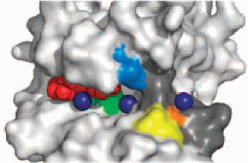
Control of myosin filament assembly by kinases: insights from MHCK α-kinase domain complexes
The protein myosin is essential for the contraction of muscles, and is also used by non-muscle cells to move and reshape themselves. It is even found in single cells such as the amoeba Dictyostelium discoideum (which is known as a slime mold when groups of amoebae gather together to form a "fruiting body" for reproduction).
To generate contractile force, myosin molecules must be assembled into filaments, and the assembly is regulated by proteins called myosin heavy chain kinases (MHCK's). These come in several classes, of which the α-kinases are particularly widespread. In Dictyostelium, the α-kinase MHCK A drives disassembly of myosin filaments by phosphorylating three threonine amino acid residues in the "tail" of the myosin molecule, which is composed of α-helices twisted together. The structure of this MHCK A had not been determined directly, but was expected to be similar to that of the related mouse protein TRPM7, for which the conformation of the catalytic domain (TRPM7-CAT) was available.
Complete article: http://news.chess.cornell.edu/articles/2010/JiaMyosin.html
07-27-2010
__________________________________________
A Molecular Transistor Based On A Single Self-Assembled Layer
In the race to make electronic devices smaller and more efficient, monolayer transistors consisting of only a single sheet of molecules are under intense scrutiny. The monolayer geometry confines electronic transport to two dimensions, causing devices to be extraordinarily sensitive to structural imperfections like voids or grain boundaries, as well sensitive to challenges injecting and extracting charge from the single monolayer at contact boundaries.
Complete article: http://news.chess.cornell.edu/articles/2010/Philips.html
07-09-2010
__________________________________________
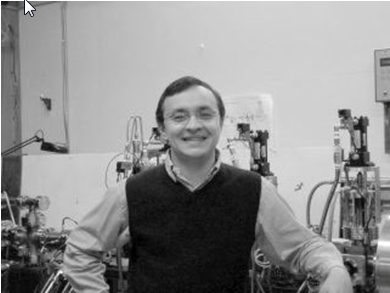
CU physicist to use stimulus funds to study electron beams
(Cornell Chronicle, Feb. 15, 2010)
By Joseph Mansky
(student intern)
Determining the brightness limits of electron beams in X-ray synchrotron radiation facilities will be the focus of a five-year research project by assistant professor of physics Ivan Bazarov.
The U.S. Department of Energy (DOE) has announced that it is awarding him $750,000 under the American Recovery and Reinvestment Act (ARRA) as part of DOE's new Early Career Research Program.
The new program is designed "to bolster the nation's scientific workforce by providing support to exceptional researchers during the crucial early career years, when many scientists do their most formative work".
See original article on Cornell Chronicle
site:
http://www.news.cornell.edu/stories/Feb10/arraBazarov.html
For more information see Prof. Ivan Bazarov site: http://www.lns.cornell.edu/~ib38/
http://www.physics.cornell.edu/people/faculty/?page=website/faculty&action=show/id=81

